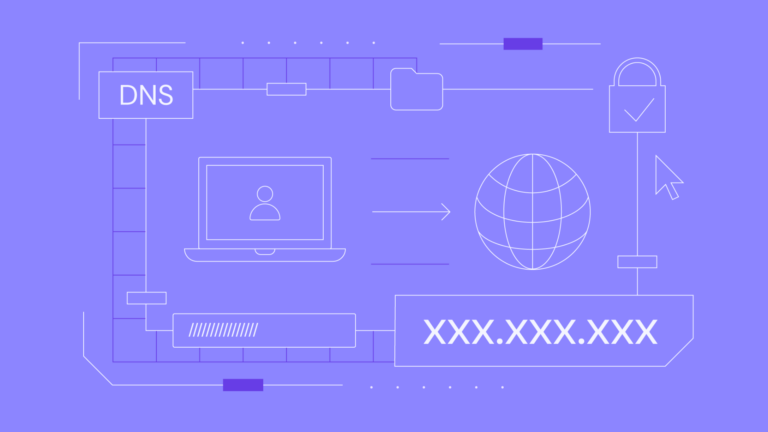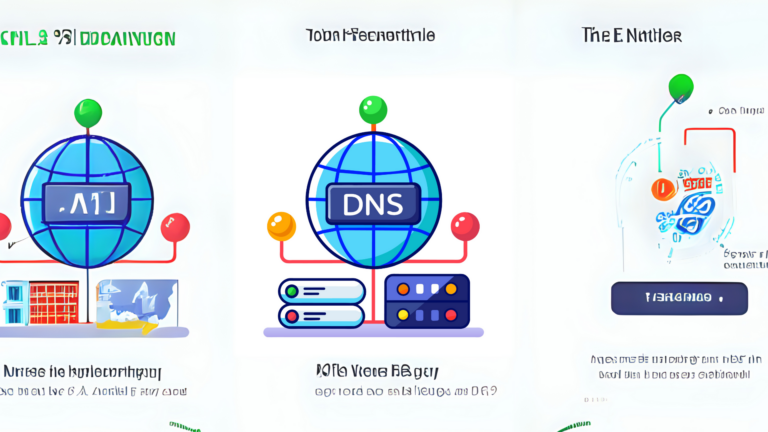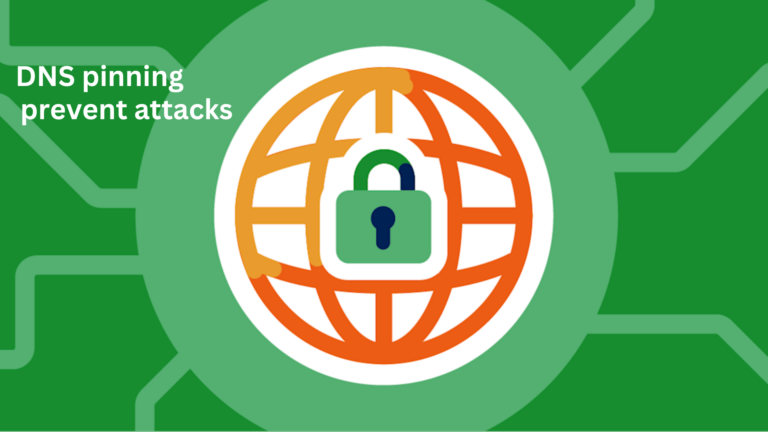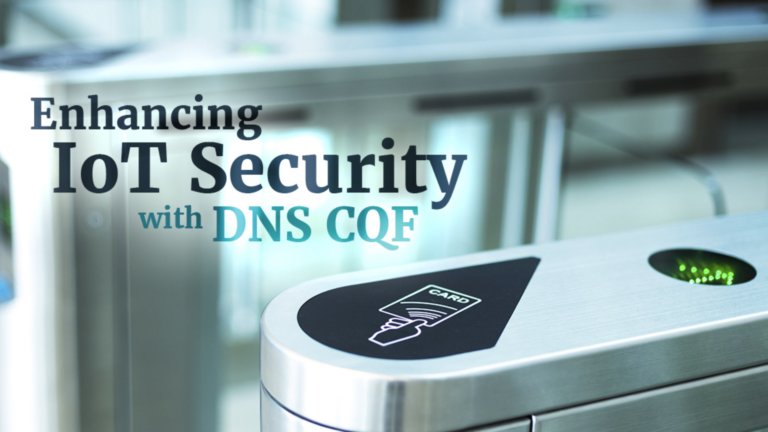How to configure DNS for a multi-region setup?
Setting up DNS (Domain Name System) for a multi-region environment can feel challenging at first, but once you break it down, it becomes much simpler. If you’re running a website or an app with users across different regions, having a proper DNS configuration ensures faster loading times and better reliability. This guide will walk you through the steps to set up DNS for a multi-region setup in a way that’s easy to understand.
What Is Multi-Region DNS?
When you’re hosting your service in multiple regions, you want users to connect to the server closest to them. Multi-region DNS helps direct users to the right server based on their location. This is done to:
- Improve website or app speed.
- Reduce latency.
- Provide a better overall experience for users.
Step-by-Step Guide to Configure Multi-Region DNS
1. Choose a DNS Provider
The first step is to select a DNS provider. Many DNS providers support multi-region setups. Popular options include:
- Cloudflare
- AWS Route 53
- Google Cloud DNS
- Azure DNS
Ensure the provider you choose supports geo-routing or latency-based routing.
2. Set Up Your DNS Records
Once you’ve chosen a provider, log in to their dashboard. Here’s how to proceed:
a. Add Your Domain
- Add your domain name to the DNS provider’s system.
- Verify your domain ownership if required (usually by adding a TXT record or updating nameservers).
b. Create A Records
An A record maps your domain name to an IP address. For a multi-region setup:
- Add an A record for each server you have.
- Example:
- Server in the US:
us.example.com→192.0.2.1 - Server in Europe:
eu.example.com→192.0.2.2
c. Set Up CNAME Records (Optional)
CNAME records are useful if you’re using subdomains:
www.example.com→example.com
3. Enable Geo-Location or Latency-Based Routing
This is the most crucial step. Most DNS providers allow you to direct traffic based on user location or latency. Here’s how to do it:
a. Enable Geo-Location Routing
- Configure your DNS settings to route users to the nearest server based on their location.
- Example:
- US users go to
us.example.com - European users go to
eu.example.com
b. Set Up Latency-Based Routing
- If geo-routing isn’t available, use latency-based routing.
- This sends users to the server with the lowest response time from their location.
4. Set Up Failover (Optional but Recommended)
To ensure reliability, configure DNS failover. This means if one server goes down, users are redirected to another working server.
Steps:
- Add secondary IP addresses for each region.
- Enable health checks to monitor server availability.
5. Test Your Configuration
Before going live, always test your setup to ensure everything works as expected:
- Use tools like
nslookupordigto check your DNS records. - Simulate user requests from different regions to verify routing.
- Check that failover works by temporarily disabling a server and observing traffic.
6. Monitor and Optimize
After setting up DNS, monitor performance:
- Use your DNS provider’s analytics to see how traffic is being routed.
- Adjust settings if you notice any problems, such as users being sent to the wrong region.
Key Tips for Multi-Region DNS Setup
- Keep Your DNS Records Updated: Whenever you add or remove a server, update your DNS records immediately.
- Use TTL Wisely: Set a low Time-to-Live (TTL) value for your DNS records. This ensures changes propagate quickly.
- Secure Your DNS: Enable DNSSEC (Domain Name System Security Extensions) to protect against DNS spoofing.
- Consider a CDN: A Content Delivery Network (CDN) can work alongside your DNS to cache content closer to users.
Conclusion
Configuring DNS for a multi-region setup might seem technical at first, but by following these steps, you’ll be able to set it up without much trouble. The key is to understand your users’ locations, set up the right DNS records, and enable geo-routing or latency-based routing. Regular testing and monitoring will ensure your setup runs smoothly over time. With a well-configured DNS, your users will enjoy a faster and more reliable experience no matter where they’re located.






